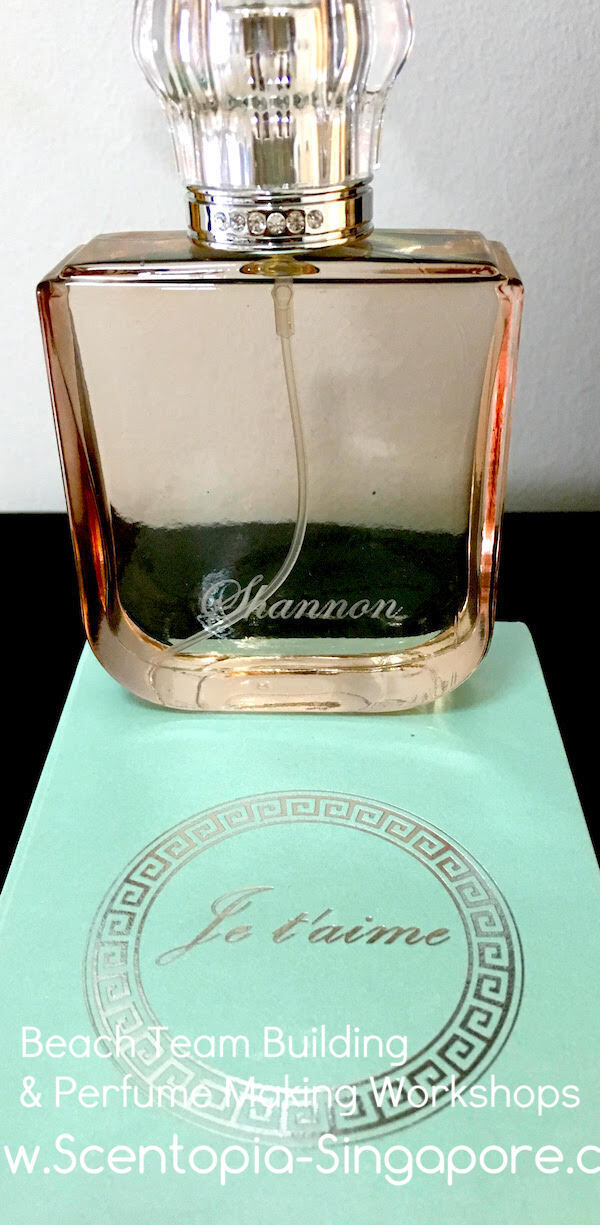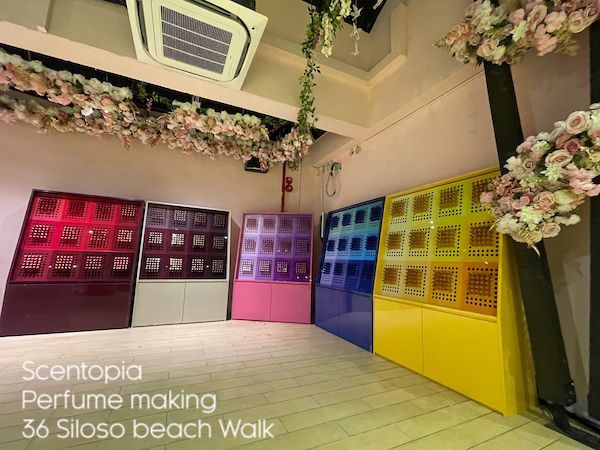Beginner's Guide to Fragrance Notes: Exploring the Art of Scent Composition
Understanding Fragrance Notes: A Primer
The art of fragrances revolves around the harmonious interplay of fragrance notes, the elemental aromatic constituents composing perfumes and colognes. These notes orchestrate the unfolding fragrance experience, dictating its progression over time. Arranged into three distinct categories, namely top notes, heart (or middle) notes, and base notes, they collectively shape the olfactory journey.
Commencing with the top notes, these are the preliminary aromatic impressions that greet the senses upon application. They possess a delicate and fleeting nature, offering an immediate olfactory snapshot. Typically, top notes dissipate within the initial 15 to 30 minutes. Among them, one encounters familiar fragrances such as citrusy, fruity, and herbal tones.
Transitioning to the heart notes, their emergence takes place after the evaporation of the top notes. Serving as the fragrance's essence, they boast a more intricate and enduring character than their precursors. Heart notes are often an amalgamation of floral, spicy, and intricately composed aromas.
Finally, the base notes, acting as the fragrance's bedrock, emerge when the top and heart notes recede. Characterized by their profound, enduring, and robust attributes, these notes encapsulate the fragrance's definitive personality and enduring allure. Woody, musky, and resinous elements frequently constitute the base notes, adding depth and longevity to the olfactory experience.
Commencing with the top notes, these are the preliminary aromatic impressions that greet the senses upon application. They possess a delicate and fleeting nature, offering an immediate olfactory snapshot. Typically, top notes dissipate within the initial 15 to 30 minutes. Among them, one encounters familiar fragrances such as citrusy, fruity, and herbal tones.
Transitioning to the heart notes, their emergence takes place after the evaporation of the top notes. Serving as the fragrance's essence, they boast a more intricate and enduring character than their precursors. Heart notes are often an amalgamation of floral, spicy, and intricately composed aromas.
Finally, the base notes, acting as the fragrance's bedrock, emerge when the top and heart notes recede. Characterized by their profound, enduring, and robust attributes, these notes encapsulate the fragrance's definitive personality and enduring allure. Woody, musky, and resinous elements frequently constitute the base notes, adding depth and longevity to the olfactory experience.









